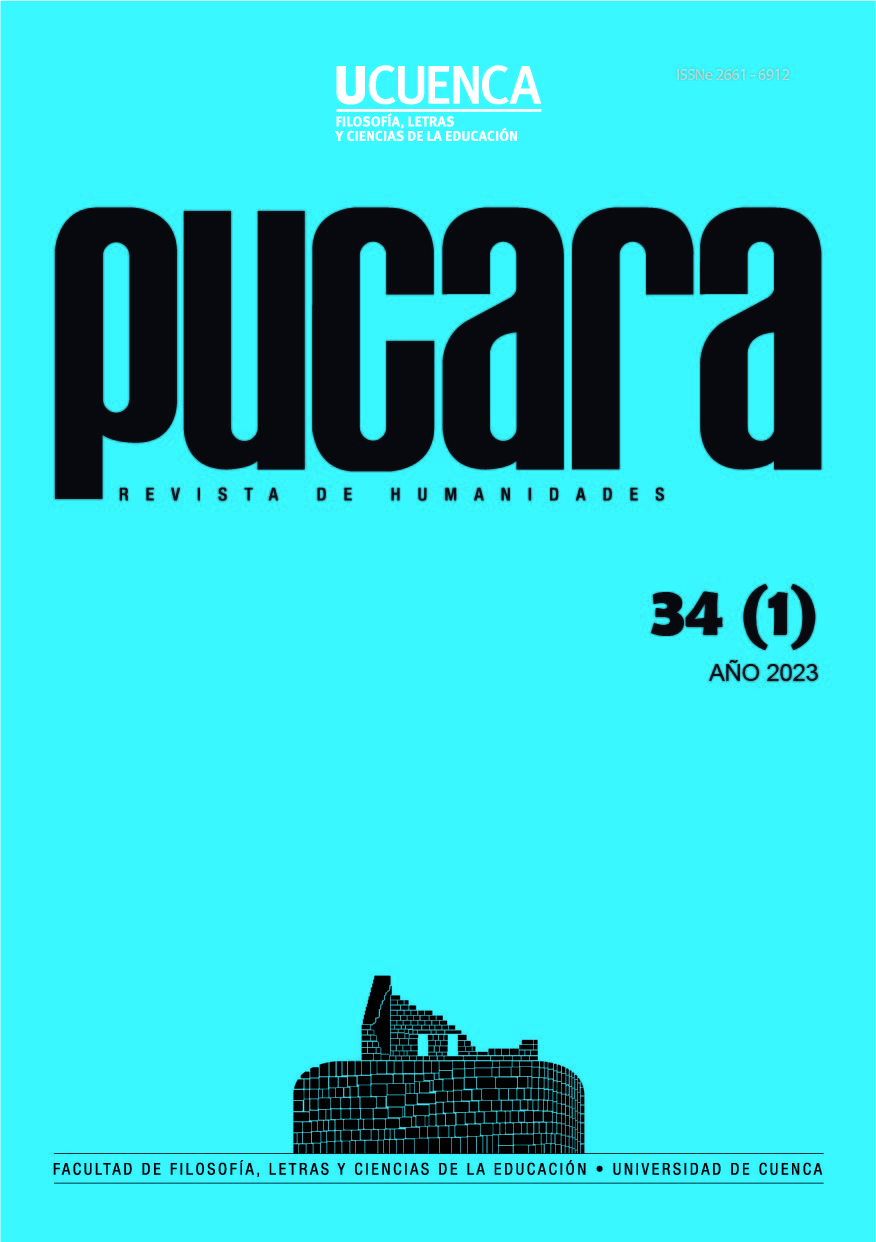Professional football as a power strategy of Grupo Televisa
DOI:
https://doi.org/10.18537/puc.34.01.06Keywords:
Football, Televisa, power, company, spaceAbstract
The following article analyzes from geography the networks of business, political and technical power that allowed the consolidation of "Grupo Televisa". From the category of space seen as social production, an interpretation is made of the influence on professional sports, the urbanization process, and the political action of this Mexican telecommunications company, so it reflects the origin of this firm and the establishment of networks until the dawn of neoliberalism.
Downloads
References
Bataillon, Claude y Riviére, Hélene (1973). La Ciudad de México. México: Secretaría de Educación Pública.
Benítez, César (2000). “Cincuenta años de telera nacional (I)”. Revista La Mosca. Año 7. No. 40. pp. 42.
Bonfil Batalla, Guillermo (1987) México Profundo. México: Grijalbo.
Castro Sánchez, Aída (2020, 3 de mayo). “El regente que cayó por la construcción del Estadio Azteca”. El Universal. Recuperado 6 de mayo de 2022 de https://www.eluniversal.com.mx/opinion/mochilazo-en-eltiempo/el-regente-que-cayo-por-la-construccion-del-estadioazteca
Celis, Dante y Herrera, Rafael (2021). “El beisbol mexicano como productor de espacio: el peso de la élite en el deporte”. Espacialidades, [S.l.], v. 10, n. 2, pp. 35-53.
Fábregas, Andrés (2010). “Lo sagrado del rebaño. El nacimiento de un símbolo”. En S. Martínez (Coord.). Fútbol-espectáculo, Cultura y Sociedad. México: Universidad Iberoamericana. pp. 311-338.
Fernández, Claudia y Paxman, Andrew (2000). El Tigre Azcárraga y su imperio Televisa. México: Grijalbo.
Fernández, Fátima (2007). ¿Cómo se constituyó Televisa en un poder fáctico? Revista Nexos. Número 352, abril 2007.
Fernández, José Ramón (1994). El futbol mexicano: un juego sucio. México: Grijalbo.
García, Carola (1985). “El cable de Televisa”. En R. Trejo (Coord.), Televisa el quinto poder. México: Claves Latinoamericanas.
pp. 111-123.
Harvey, David (1989). La condición de la posmodernidad. Investigación sobre los orígenes del cambio cultural. Traducción Martha
Eguía. Buenos Aires: Amorrortu Editores.
Mejía, Fabrizio (2011, 10 de junio). “Disparos en la oscuridad”. La Jornada. Recuperado el 1 de octubre de 2021 de
https://www.jornada.com.mx/2011/07/10/opinion/a04a1cul
Montero, Jonathan (2020). “El Club Necaxa: producción del espacio y movilidad geográfica del capital empresarial en el futbol
profesional mexicano”. En S. Schmidt, V. Ibarra, G. Hatch (Coords.) Geografía Política. Un ensayo interdisciplinar. México: Universidad Nacional Autónoma de México. Ítaca.
Páramo, Teresa (2002). “Televisión mexicana y alianzas políticas”. Polis: Investigación y Análisis Sociopolítico y Psicosocial,
vol. 2, núm. 2, pp. 105-148.
Rábago, Ana Silvia (2019). Cómo se construyó el colosal Estadio Azteca. Revista Vector, en el Especial Concreto, edición 20. Recuperado el 11 de mayo de 2022 de http//www.revistavector.com.mx/2019/05/30/.
Ramírez, Carlos (2010). 11 Décadas de fútbol mexicano. México: Octavio Antonio Colmenares y Vargas editor.
Ramírez, Pedro y Mijares Rafael (1966). “Dos mercados en México. Mercado de La Lagunilla en la ciudad de México, San Camilito y mercado popular en Coyoacán”. En Informes de la construcción. Vol. 19. No. 181. pp. 25-32.
Villamil, Jenaro (2007). “Emilio Azcárraga Jean, las trampas del rating”. En Zepeda, Jorge (Coord.). Los Amos de México. México:
Planeta. pp. 49-92.
Published
How to Cite
Issue
Section
License
Copyright (c) 2023 Jonathan Montero Oropeza, María Verónica Ibarra García

This work is licensed under a Creative Commons Attribution-NonCommercial-ShareAlike 4.0 International License.
Copyright © Autors.

You are free to:
 |
Share — copy and redistribute the material in any medium or format |
 |
Adapt — remix, transform, and build upon the material for any purpose, even commercially. |
Under the following conditions:
 |
Attribution — You must give appropriate credit, provide a link to the licence, and indicate if changes were made. You may do so in any reasonable manner, but not in any way that suggests the licenser endorses you or your use. |
| NonCommercial — You may not use the material for commercial purposes. | |
| ShareAlike — If you remix, transform, or build upon the material, you must distribute your contributions under the same license as the original. |
| No additional restrictions — You may not apply legal terms or technological measures that legally restrict others from doing anything the licence permits. |












